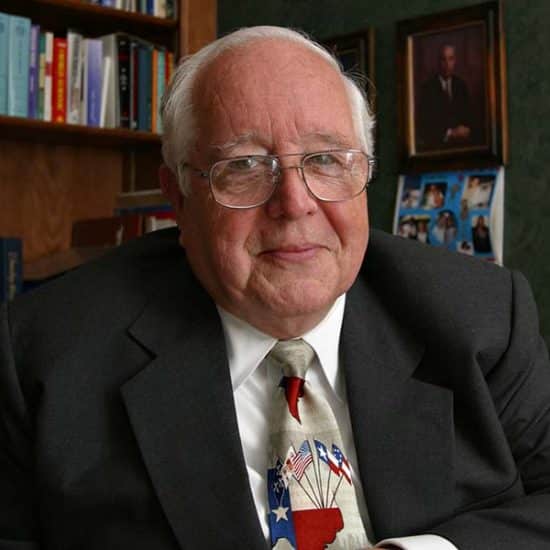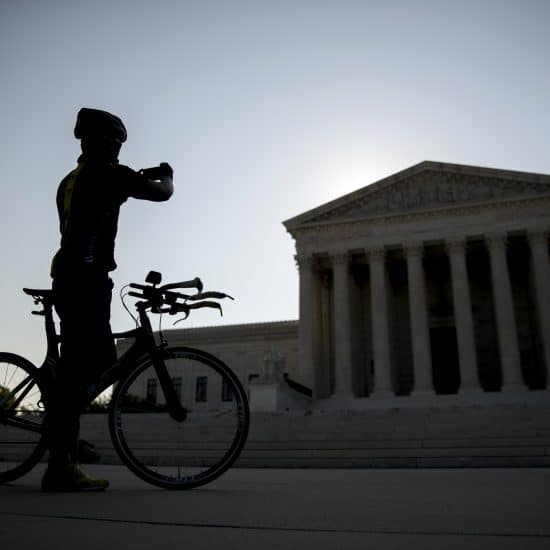WASHINGTON (ABP) — The Supreme Court has declined to hear a case that could have allowed it to clarify its rules on displaying the 10 Commandments and other religious artifacts on government property. And, as a result, an Oklahoma county will likely have to remove a recently erected Decalogue monument from its courthouse lawn.
The justices declined, without comment, to hear the county’s appeal of a lower-court decision that the display at the Haskell County Courthouse in Stigler, Okla., violated the First Amendment’s ban on government endorsement of religion.
A divided three-judge panel of the 10th U.S. Circuit Court of Appeals said last year that the stone monolith — erected in 2004 after a bivocational minister, who raised private funds to pay for the monument, requested and got approval for its erection from the county’s board of commissioners.
It features a Protestant version of the Decalogue on one side and the Mayflower Compact — the famous theocratic governing document drafted by the Pilgrims who helped settle the Massachusetts Bay Colony — on the other side.
“In the context of the small community of Haskell County, we hold that the Board’s actions in authorizing and maintaining the Monument — inscribed with the Ten Commandments — on the courthouse lawn had the impermissible principal or primary effect of endorsing religion in violation of the Establishment Clause,” the 10th Circuit panel’s majority wrote.
Attorneys for the commissioners argued that the Supreme Court has ruled that similar displays — most famously in the 2005 Van
Orden v. Perry decision regarding a display on the Texas Capitol grounds — are not necessarily endorsements of religion when they appear alongside other legal documents or monuments that reflect events or ideas revered by the community.
The commissioners asked the full 10th Circuit to review the three-judge panel’s decision, but the appeals court’s 12 judges deadlocked 6-6 on whether to re-hear the case, meaning the panel’s ruling stood. Some of the judges who wanted to re-hear the case said the panel’s decision created further confusion on what is already a difficult-to-navigate line between church and state regarding monuments with religious content on public property.
“This court’s opinion contravenes Van Orden and misconstrues the endorsement analysis by (1) improperly creating a per se rule that new Ten Commandments displays are unconstitutional as long as someone files suit quickly; (2) placing too much emphasis on the fact that this was a small town, thereby making the effect of the Establishment Clause depend on the size of the community; and (3) conducting a subjective analysis rather than an objective analysis. Under a proper application of the Supreme Court’s precedent, this Ten Commandments display is constitutional,” the dissenting judges wrote.
The case was Haskell County Commissioners v. Green.
-30-
Robert Marus is managing editor and Washington bureau chief for Associated Baptist Press.
Related ABP story:
Supreme Court offers split decisions in Ten Commandments cases (6/27/2005)






